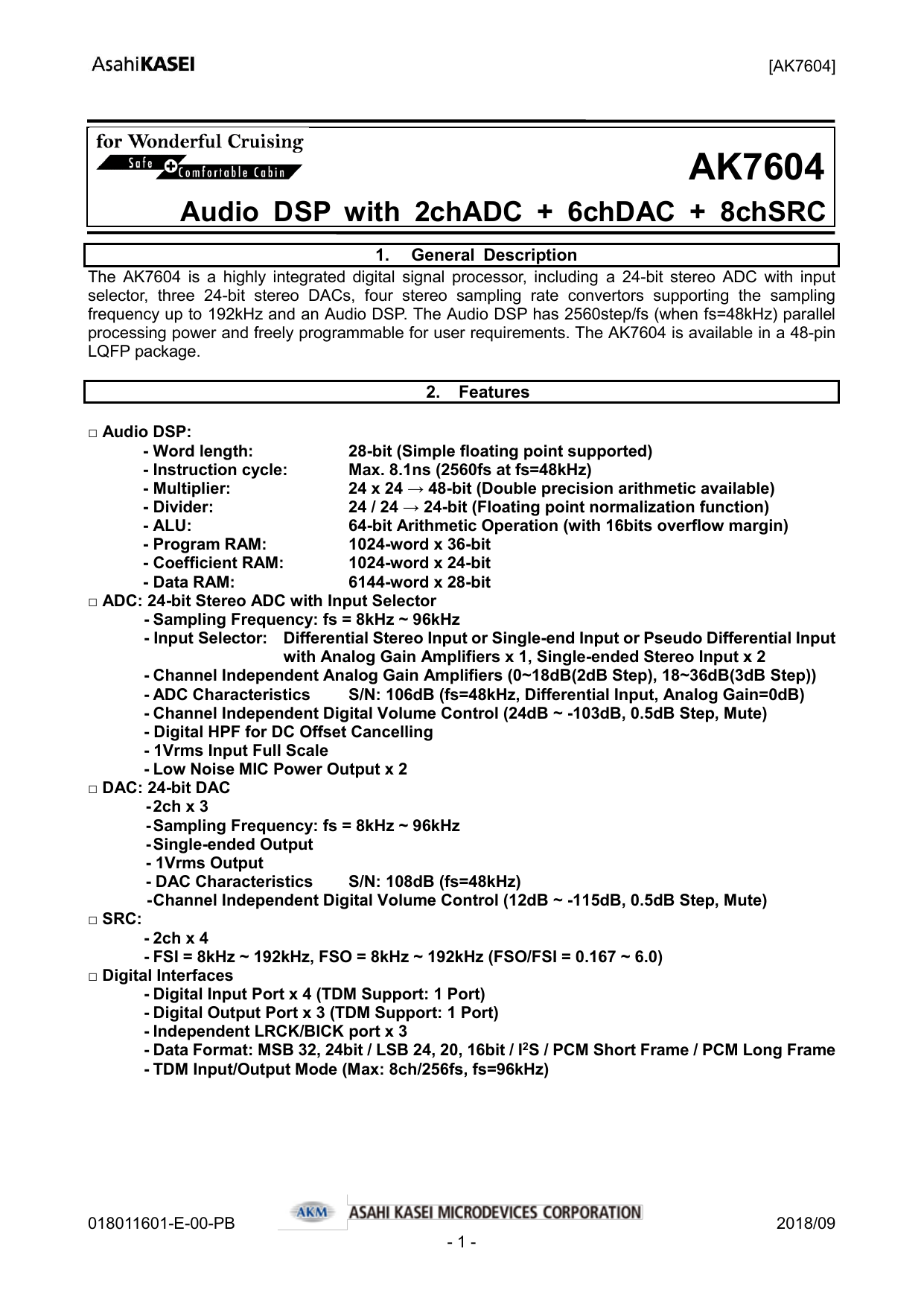

It could quite literally save your life.ĭarn, that’s a heavy disclaimer but a very necessary one - I’ve seen a self-proclaimed “expert” literally get thrown several feet by a Marshall JCM800 he was “fixing” when his neck chain discharged a capacitor.

Please, take the smart route and see a qualified tech. Unless you’re a trained electrician (and be advised that being able to change a light bulb and owning some tools does NOT qualify you as such!), you shouldn’t be messing around inside a tube amp.
#BIAS AMP 2 SAMPLE RATE OF AUDIO HOW TO#
NOTE: There are plenty of “experts” on websites, forums, and YouTube that will “teach” you how to re-bias. Doing this will not only protect you but also protect your amp’s warranty and well-being. So, we strongly recommend that BIASING SHOULD ONLY BE DONE BY AN AUTHORIZED TECH. Large capacitors like those used in amplifiers store a hefty charge, and all it takes to unleash that is to inadvertently touch the wrong part of the amp circuit. SERIOUS WARNING: At the risk of sounding melodramatic, all tube amps have one thing in common - under the hood, they all contain voltages that CAN KILL YOU! And this is true even when the amp is switched off and even when not plugged into the mains. Sometimes a picture does indeed paint a thousand words. Yep, to quote the author of the excellent book Inside Tube Amps, Dan Torres: “Bias is one of the most mysterious and confusing subjects involved with tube amps.” While there’s some truly great information out there from folk way smarter than me, there’s also a bunch of stuff that merely compounds the confusion instead of clarifying it.

I’ve watched YouTube videos, perused online forums, and read a great many articles, blogs, and books about bias over the years. Like “sounds to me like your amp’s bias needs tweaking” yet skillfully avoidsĪny and all questions about “what is a bias and how does it work?” Met a self-proclaimed “tube amp expert” blowhard or two that spouts phrases Understood by those who throw it around willy-nilly. Like some of the other terms just mentioned, bias is frequently not fully Guitar tone, too - from Stevie Ray Vaughan to Joe Bonamassa.Īlong with these awesome tube amps - be they stacks or combos -Ĭomes a bunch of oft-used terms such as “single-ended,” “push/pull,” “sag,” “harmonicĭistortion,” and (of course) the dreaded “bias” word. Hendrix to Van Halen Gary Moore to Metallica and from Sabbath to Slayer to Yes sir, from AC/DC to ZZ Top Alice in Chains to Led Zeppelin Jimi The what, how, when, where, and why behind biasĮver since rock was born, tube amps of all shapes and sizes haveīeen used in the creation of those glorious, guttural guitar sounds we all knowĪnd love.


 0 kommentar(er)
0 kommentar(er)
